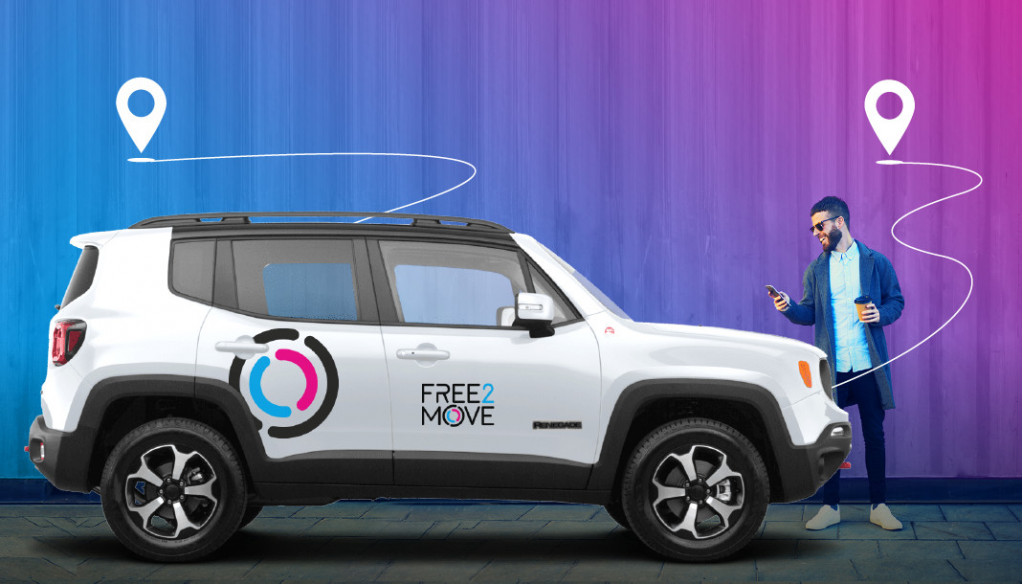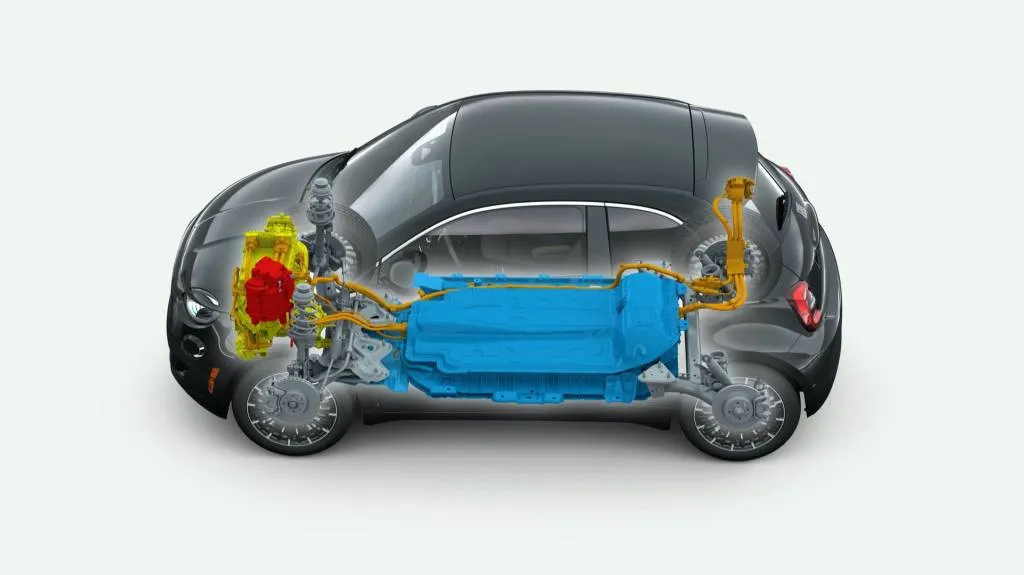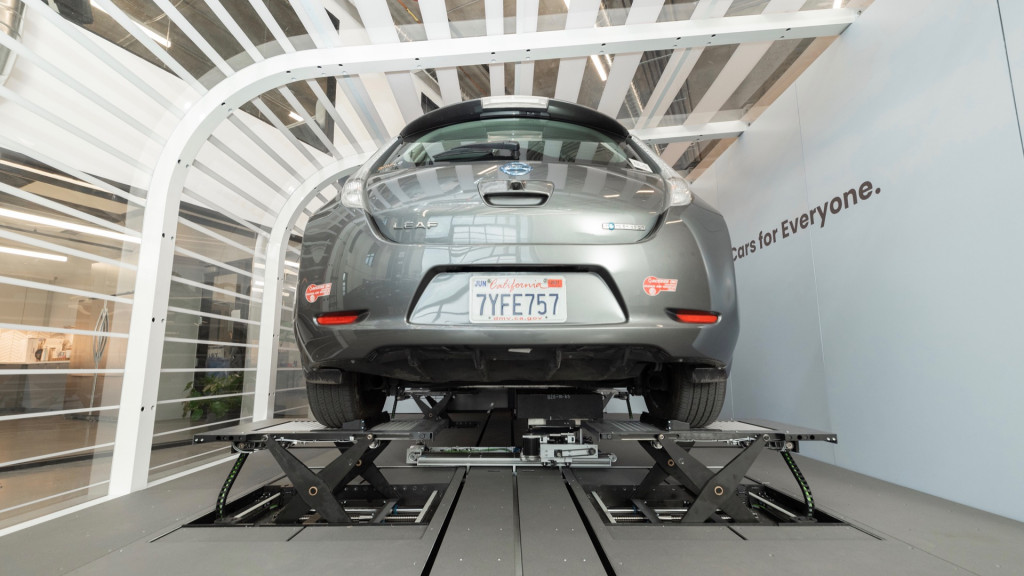Public charging can be an EV dealbreaker, especially for those who don't have home charging.
But the global automaker Stellantis is working on quelling that reason for EV rejection with tech that can give you a full charge in less than five minutes.
Starting next year, a fleet of 100 Fiat 500e electric minicars from parent company Stellantis’ Free2Move car-sharing service will be equipped with modular battery–based swapping tech from California-based Ample.
Free2Move primarily offers gasoline-powered Jeeps in the U.S., and it recently exited from Portland, leaving its only availability in the U.S. in Washington, D.C. The 500e test fleet is in Madrid, Spain, however.

Jeep Renegade - Stellantis Free2Move car-sharing
The point behind this test is to see how the tech works in Stellantis’ EVs in a high-utilization environment, and whether it might be used elsewhere in the world, and elsewhere in the automaker’s lineup. That lineup will soon include a vast array of EVs including a Dodge electric muscle car, a 500-mile Ram electric truck, and a rugged Recon electric off-roader.
The solution from Ample involves a modular pack that installs in place of the original battery. Ample claims its tech will work with existing vehicles without having to reengineer the platform.

2024 Fiat 500e
Earlier EV installations for Ample were mostly on the Nissan Leaf, which is air-cooled. The 2024 Fiat 500e has a 42-kwh liquid-cooled pack, and even after this announcement it’s unclear how Ample plans to deal with that.
Green Car Reports has reached out for detail—including on whether the swapped-in 500e battery pack will match up to the original battery's range, rated at 149 miles by the EPA for the U.S. version.
Ample’s second-generation swapping tech was revealed earlier this year, halving the swap time from ten to five minutes and redesigning the process around a “drive-through” layout that makes it easier for longer vehicles or tight environments. It claims these swap stations can be installed in as little as three days.

Ample 2nd generation battery swapping station
The battery-swapping firm also points out that the tech can potentially extend the lifespan of an EV, by updating the battery technology through the vehicle’s lifespan.
When it’s done cheaply and efficiently, EV battery swapping makes a lot of sense for apartment-dwellers who don’t have dedicated charging, or for electric taxis and delivery vehicles that can’t be taken off the road for long.
Ample in July announced a partnership with the Daimler Truck unit Mitsubishi Fuso. That project will aim to deliver modular battery-swapping to electric trucks, with last-mile delivery in mind. It starts this winter with a test on the Japan-market Fuso eCanter electric van. Ample also earlier this year received a nearly $15 million grant from the California Energy Commission for next-generation EV batteries which, the company says, also counts as a vote of confidence in its tech.

Ample battery swapping
The history of battery swapping as a potential tech has been rocky. Nearly 10 years ago, after the demise of a much-hyped battery swapping firm called Better Place, Tesla tested Model S battery swapping, at a single California station. But with the physically and technically complex process, Tesla in the midst of its Supercharger network buildout, and typical Model S drivers not short on charging options, the offering was quietly shelved.
In the meantime, battery swapping has already become a reality in China. The battery giant CATL in April rolled out a battery swapping service called Evogo, aimed at those without home charging. Nio has become the leader for the technology, with 2,200 swapping stations worldwide handling over 60,000 battery swaps per day. This past week Geely, the parent of Volvo and Polestar, partnered with Nio to co-develop standards for private cars and commercial vehicles—and to scale up the tech together.













